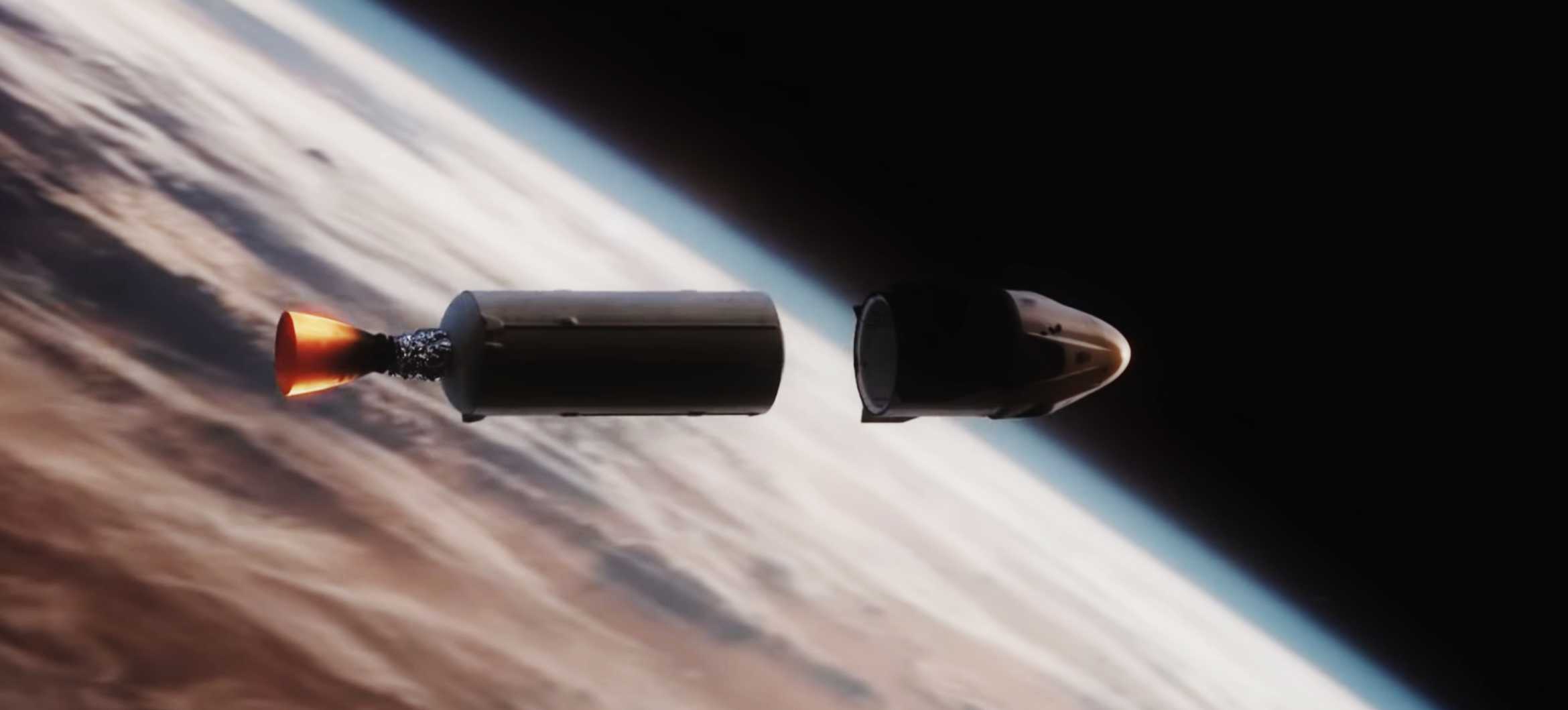

News
SpaceX rapidly tests, ships Falcon 9 second stage for next NASA astronaut launch
SpaceX has shipped, tested, and delivered the new Falcon 9 upper stage tasked with carrying the company’s next Crew Dragon astronauts to orbit as early as October 30th.
Offering rare insight into the kind of timelines and margins SpaceX operates on for even its most important missions, a Falcon upper stage bearing NASA’s ‘worm’ logo and ‘meatball’ insignia was spotted by a local resident and photographer on October 2nd. Thus far, the only SpaceX rockets that have flown with NASA iconography are those supporting Crew Dragon launches, making them a dead giveaway for Crew Dragon launch hardware.
After Demo-2, SpaceX’s May 2020 astronaut launch debut, the company moved those decals from Falcon 9’s booster – liable to fly any number of non-NASA missions later in life – to each NASA crew mission’s expendable Falcon second stage (S2). Since then, Crew-1 (November 2020) and Crew-2 (April 2021) have both launched with NASA logos on their second stages and Crew-3 now looks set to continue that tradition.
Thanks to the watchful eye of local resident turned SpaceX fan Reagan Beck, it was actually possible to identify Crew-3’s Falcon 9 upper stage as soon as it was spotted at the company’s McGregor, TX development and testing facilities on October 2nd. While there was technically a tiny chance that it could be for one of several upcoming NASA spacecraft launches or even for Crew Dragon’s April 2022 Crew-4 mission, the likeliest destination by far for the NASA-branded Falcon S2 was Crew-3.
Due partially to the fact that Falcon booster qualification testing typically takes McGregor at least two or so weeks but mainly to the seemingly razor-thin schedule margins it would imply, there was some understandable skepticism that the upper stage was bound to launch Crew-3 just four weeks after it was first spotted. Moreso, Crew Dragon typically rolls out to the launch pad on Falcon 9 at least 5-7 days before launch to allow extra time for an integrated static fire, final checkouts, and a ‘dry dress’ practice runs for each mission’s crew.
Further, even after completing static fire qualification testing in McGregor, Crew-3’s Falcon stage would still need to be packaged up, transported more than a thousand miles by road, carefully unpackaged at a SpaceX launch site or hangar, outfitted with a Merlin Vacuum nozzle extension, installed on the mission’s Falcon 9 booster, and mated to Crew Dragon itself before that pad rollout can occur. In other words, rather than Crew-3’s exact October 30th launch date, the mission’s upper stage would likely need to arrive at SpaceX’s Kennedy Space Center (KSC) Pad 39A launch facilities at least 9-10 days before launch.
Realistically, that means that from the moment the NASA-branded upper stage first spotted on a McGregor test stand, it had maybe two weeks to complete qualification testing and ship out to Pad 39A. With practically no context, that seemed like a stretch at the time – particularly for a single-engine Falcon second stage explicitly tasked with safely delivering four astronauts to orbit. In reality, McGregor’s Falcon S2 testing is apparently far faster than booster testing and the presumed Crew-3 stage seemingly passed qualification testing and vacated the test stand less than five days after it was installed.
In theory, that left the McGregor team about a week to complete post-test inspections, clean the interior of its propellant tanks, and prepare the stage for the last leg of its journey to Florida. SpaceX seemingly managed that without issue and a new Falcon upper stage potentially meant for Crew-3 was spotted in Florida just a few miles away from a SpaceX launch site on October 14th.
However, per additional photos and reports from Reagan, McGregor’s second stage test team has been incredibly busy over the last month or so. Prior to the Crew-3 stage’s arrival, another second stage completed qualification testing between September 21st and 28th. Crew-3’s S2 was installed on October 2nd and removed by the 7th. Wasting no time, another second stage was installed on the same stand on October 10th and apparently completed testing by the 13th – equivalent to a new upper stage qualified every week. Even if the Falcon stage that arrived at Cape Canaveral on October 14th isn’t Crew-3’s, then, Crew-3’s can’t be far behind.
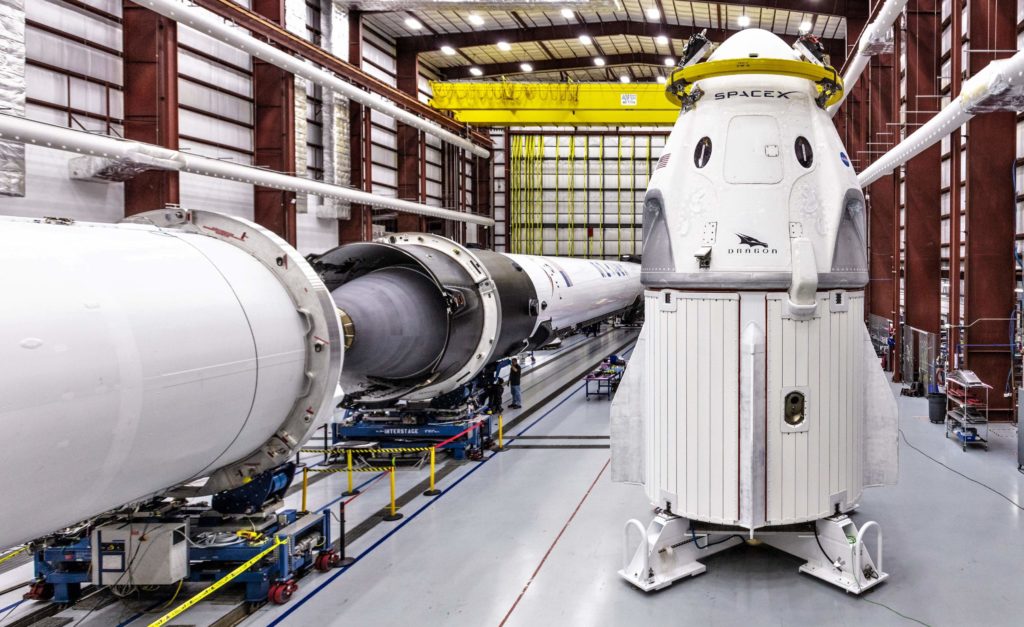
Ultimately, SpaceX appears to be testing and shipping one of two integral Falcon 9 stages for a crucial, schedule-sensitive NASA astronaut launch with schedule margins measured in hours or single-digit days. That’s a far cry from competitors Arianespace and ULA and even NASA itself, which generally deliver flight hardware months in advance. Eleven years since Falcon 9’s launch debut, every Falcon second stage that has made it through stage separation – 127 of 127 – has successfully ignited its Merlin Vacuum engine one or several times and delivered its payload(s) to the correct orbit(s). Well over half of those successful launches were completed in the last three and a half years – and with the same Falcon 9 upper stage variant now routinely tasked with carrying astronauts to orbit.
In other words, delivering a NASA Crew mission’s Falcon second stage less than two weeks before the assembled rocket is scheduled to roll out to the launch pad may seem a tad reckless, it’s more likely that it’s evidence of SpaceX’s second stage build/test teams and facilities operating as an incredibly reliable, well-oiled machine.
Investor's Corner
Tesla delivers 384,000 vehicles in Q2 2025, deploys 9.6 GWh in energy storage
The quarter’s 9.6 GWh energy storage deployment marks one of Tesla’s highest to date.
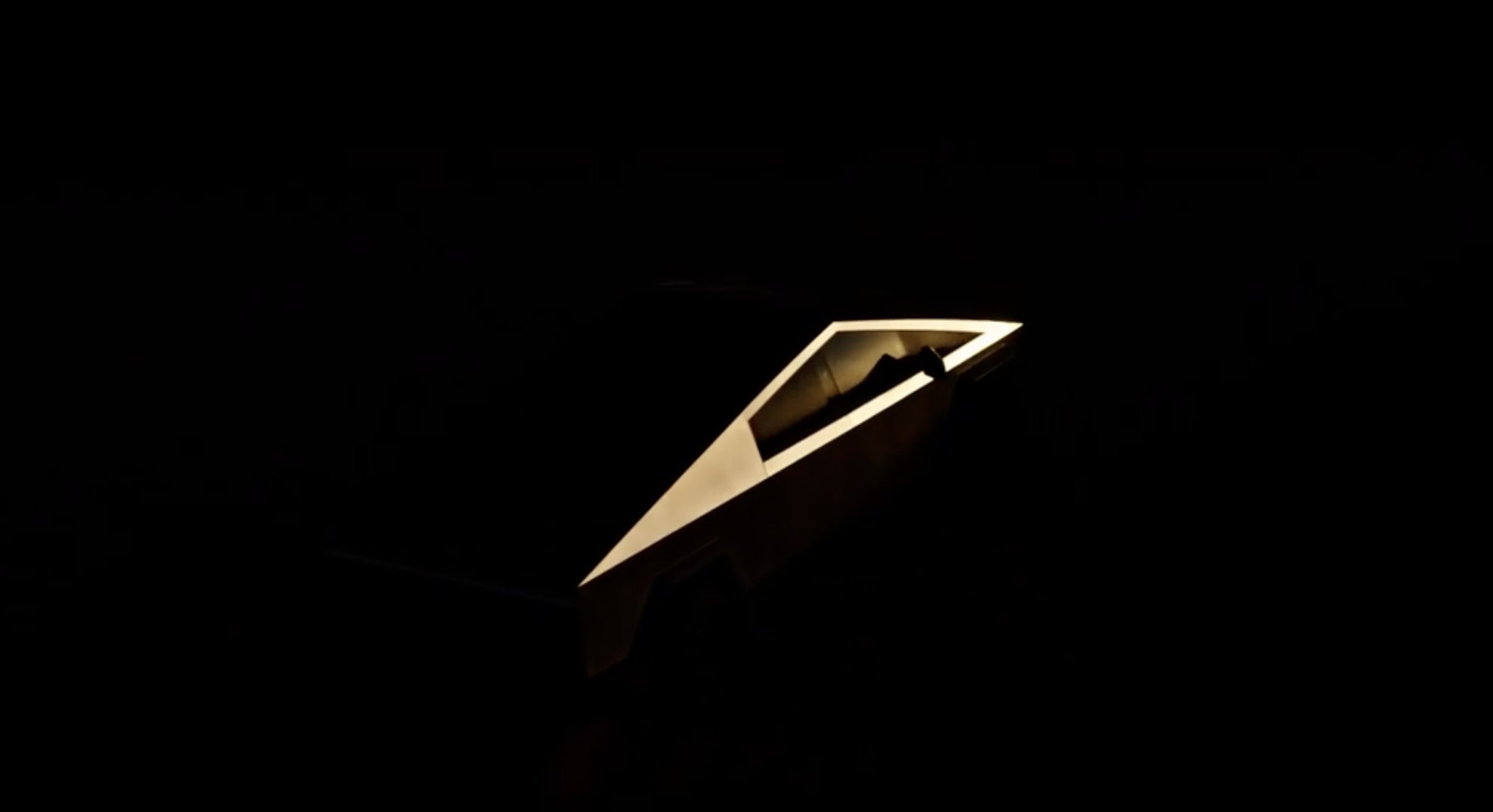
Tesla (NASDAQ: TSLA) has released its Q2 2025 vehicle delivery and production report. As per the report, the company delivered over 384,000 vehicles in the second quarter of 2025, while deploying 9.6 GWh in energy storage. Vehicle production also reached 410,244 units for the quarter.
Model 3/Y dominates output, ahead of earnings call
Of the 410,244 vehicles produced during the quarter, 396,835 were Model 3 and Model Y units, while 13,409 were attributed to Tesla’s other models, which includes the Cybertruck and Model S/X variants. Deliveries followed a similar pattern, with 373,728 Model 3/Ys delivered and 10,394 from other models, totaling 384,122.
The quarter’s 9.6 GWh energy storage deployment marks one of Tesla’s highest to date, signaling continued strength in the Megapack and Powerwall segments.

Year-on-year deliveries edge down, but energy shows resilience
Tesla will share its full Q2 2025 earnings results after the market closes on Wednesday, July 23, 2025, with a live earnings call scheduled for 4:30 p.m. CT / 5:30 p.m. ET. The company will publish its quarterly update at ir.tesla.com, followed by a Q&A webcast featuring company leadership. Executives such as CEO Elon Musk are expected to be in attendance.
Tesla investors are expected to inquire about several of the company’s ongoing projects in the upcoming Q2 2025 earnings call. Expected topics include the new Model Y ramp across the United States, China, and Germany, as well as the ramp of FSD in territories outside the US and China. Questions about the company’s Robotaxi business, as well as the long-referenced but yet to be announced affordable models are also expected.
News
Tesla China breaks 8-month slump by selling 71,599 vehicles wholesale in June
Tesla China’s June numbers were released by the China Passenger Car Association (CPCA) on Tuesday.
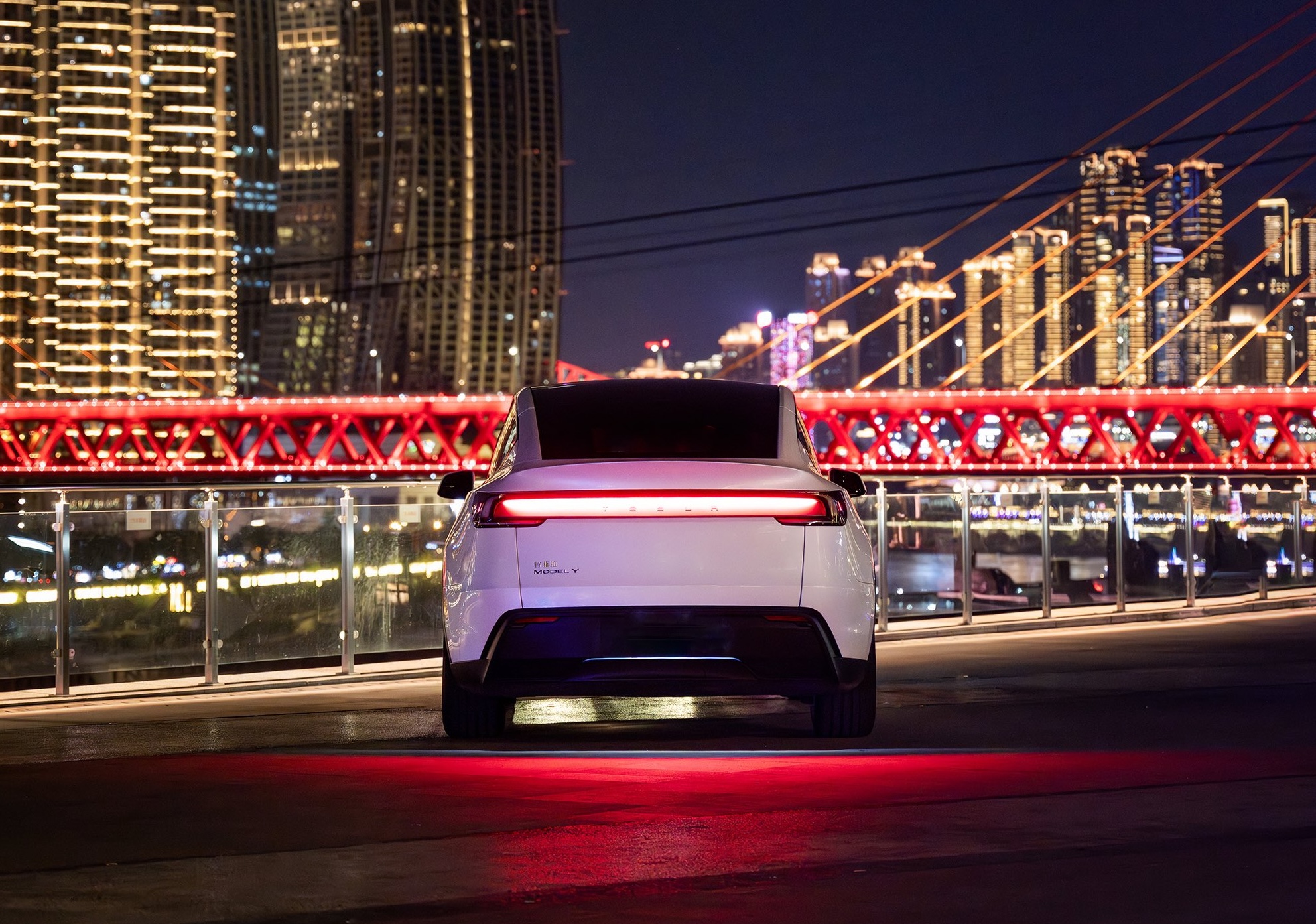
Tesla China was able to sell 71,599 vehicles wholesale in June 2025, reversing eight consecutive months of year-over-year declines. The figure marks a 0.83% increase from the 71,599 vehicles sold wholesale in June 2024 and a 16.1% jump compared to the 61,662 vehicles sold wholesale in May.
Tesla China’s June numbers were released by the China Passenger Car Association (CPCA) on Tuesday.
Tesla China’s June results in focus
Tesla produces both the Model 3 and Model Y at its Shanghai Gigafactory, which serves as the company’s primary vehicle export hub. Earlier this year, Tesla initiated a changeover for its best-selling vehicle, the Model Y, resulting in a drop in vehicle sales during the first and second quarters.
Tesla’s second-quarter China sales totaled 191,720 units including exports. While these numbers represent a 6.8% year-over-year decline for Tesla China, Q2 did show sequential improvement, rising about 11% from Q1 2025, as noted in a CNEV Post report.
For the first half of the year, Tesla sold 364,474 vehicles wholesale. This represents a 14.6% drop compared to the 426,623 units sold wholesale in the first half of 2024.
China’s competitive local EV market
Tesla’s position in China is notable, especially as the new Model Y is gaining ground in the country’s BEV segment. That being said, Tesla is also facing competition from impressive local brands such as Xiaomi, whose new YU7 electric SUV is larger and more affordable than the Model Y.
The momentum of the YU7 is impressive, as the vehicle was able to secure 200,000 firm orders within three minutes and over 240,000 locked-in orders within 18 hours. Xiaomi’s previous model, the SU7 electric sedan, which is aimed at the Tesla Model 3, also remains popular, with June deliveries surpassing 25,000 units for the ninth straight month.
While China’s EV market is getting more competitive, Tesla’s new Model Y is also ramping its production and deliveries. Needless to say, Tesla China’s results for the remaining two quarters of 2025 will be very interesting.
Elon Musk
Tesla reveals it is using AI to make factories more sustainable: here’s how
Tesla is using AI in its Gigafactory Nevada factory to improve HVAC efficiency.

Tesla has revealed in its Extended Impact Report for 2024 that it is using Artificial Intelligence (AI) to enable its factories to be more sustainable. One example it used was its achievement of managing “the majority of the HVAC infrastructure at Gigafactory Nevada is now AI-controlled” last year.
In a commitment to becoming more efficient and making its production as eco-friendly as possible, Tesla has been working for years to find solutions to reduce energy consumption in its factories.
For example, in 2023, Tesla implemented optimization controls in the plastics and paint shops located at Gigafactory Texas, which increased the efficiency of natural gas consumption. Tesla plans to phase out natural gas use across its factories eventually, but for now, it prioritizes work to reduce emissions from that energy source specifically.
It also uses Hygrometric Control Logic for Air Handling Units at Giafactory Berlin, resulting in 17,000 MWh in energy savings each year. At Gigafactory Nevada, Tesla saves 9.5 GWh of energy through the use of N-Methylpyrrolidone refineries when extracting critical raw material.
Perhaps the most interesting way Tesla is conserving energy is through the use of AI at Gigafactory Nevada, as it describes its use of AI to reduce energy demand:
“In 2023, AI Control for HVAC was expanded from Nevada and Texas to now include our Berlin-Brandenburg and Fremont factories. AI Control policy enables HVAC systems within each factory to work together to process sensor data, model factory dynamics, and apply control actions that safely minimize the energy required to support production. In 2024, this system achieved two milestones: the majority of HVAC infrastructure at Gigafactory Nevada is now AI-controlled, reducing fan and thermal energy demand; and the AI algorithm was extended to manage entire chiller plants, creating a closed-loop control system that optimizes both chilled water consumption and the energy required for its generation, all while maintaining factory conditions.”
Tesla utilizes AI Control “primarily on systems that heat or cool critical factory production spaces and equipment.” AI Control communicates with the preexisting standard control logic of each system, and any issues can be resolved by quickly reverting back to standard control. There were none in 2024.
Tesla says that it is utilizing AI to drive impact at its factories, and it has proven to be a valuable tool in reducing energy consumption at one of its facilities.
-

 Elon Musk2 days ago
Elon Musk2 days agoTesla investors will be shocked by Jim Cramer’s latest assessment
-

 News7 days ago
News7 days agoTesla Robotaxi’s biggest challenge seems to be this one thing
-

 News2 weeks ago
News2 weeks agoTesla’s Grok integration will be more realistic with this cool feature
-

 Elon Musk2 weeks ago
Elon Musk2 weeks agoElon Musk slams Bloomberg’s shocking xAI cash burn claims
-

 News2 weeks ago
News2 weeks agoTexas lawmakers urge Tesla to delay Austin robotaxi launch to September
-

 News2 weeks ago
News2 weeks agoTesla dominates Cars.com’s Made in America Index with clean sweep
-

 Elon Musk1 week ago
Elon Musk1 week agoFirst Look at Tesla’s Robotaxi App: features, design, and more
-
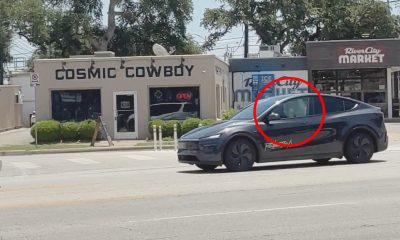
 Elon Musk2 weeks ago
Elon Musk2 weeks agoTesla Robotaxis are becoming a common sight on Austin’s public roads




















